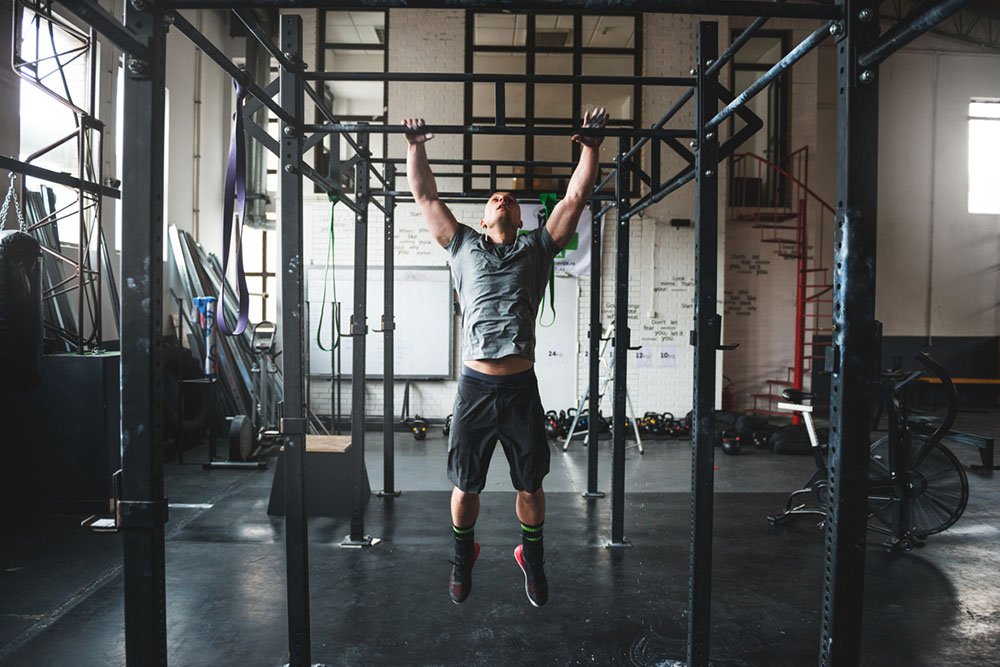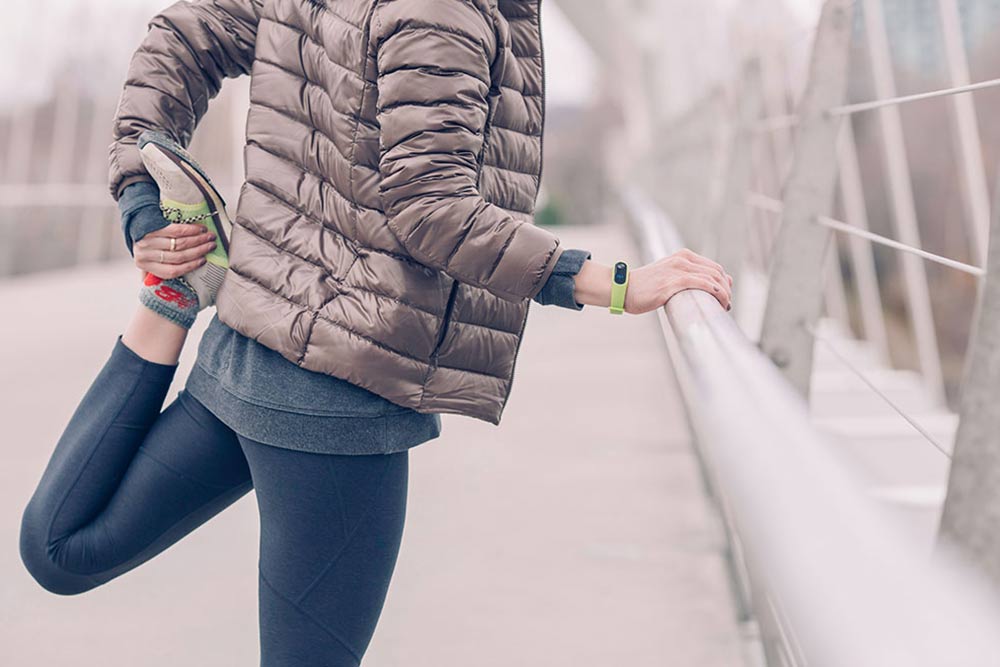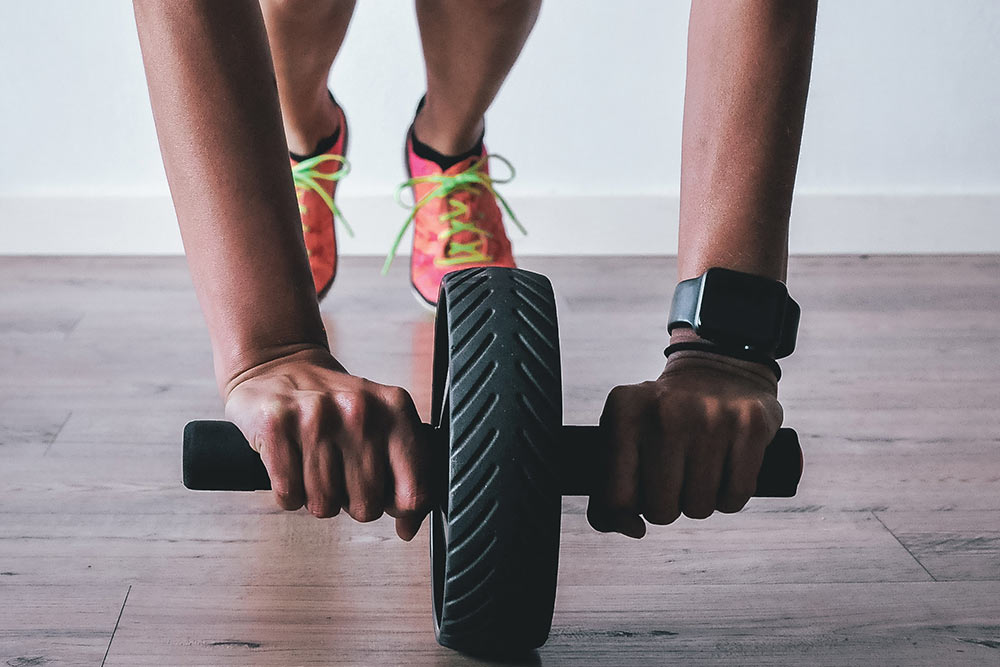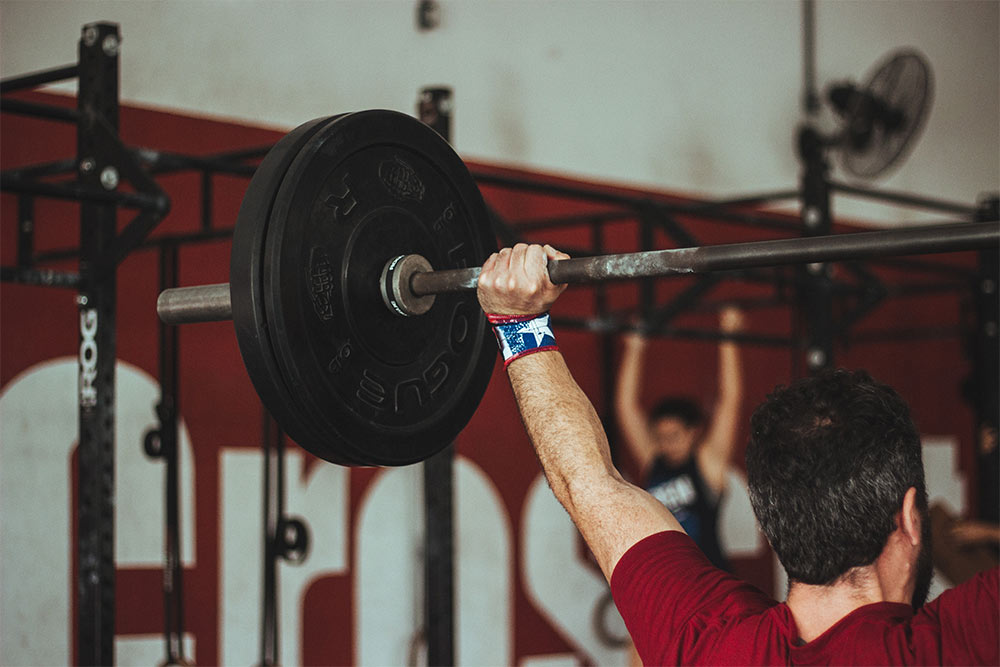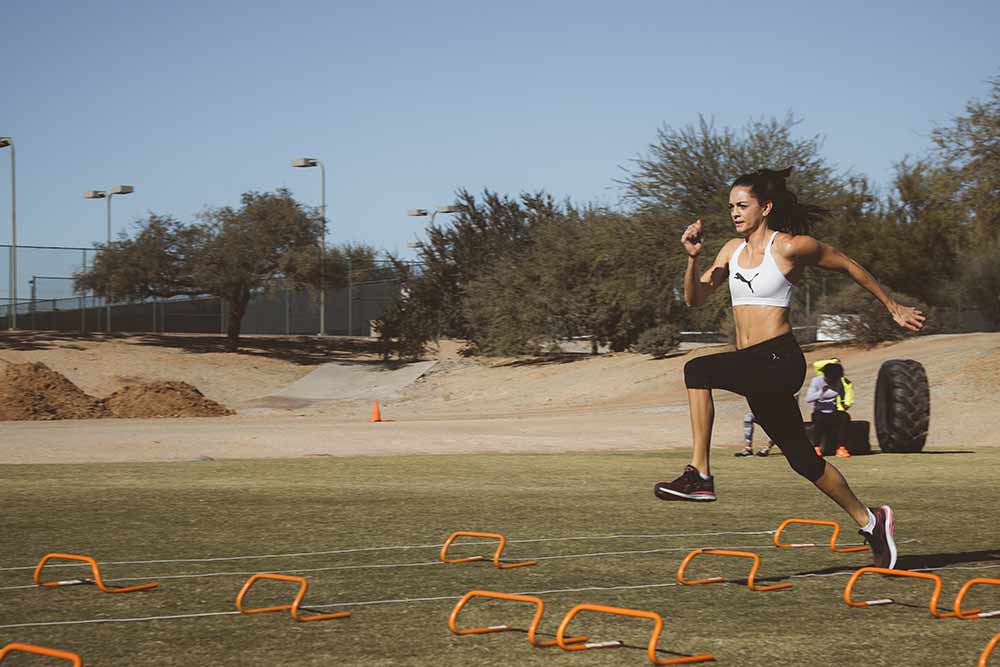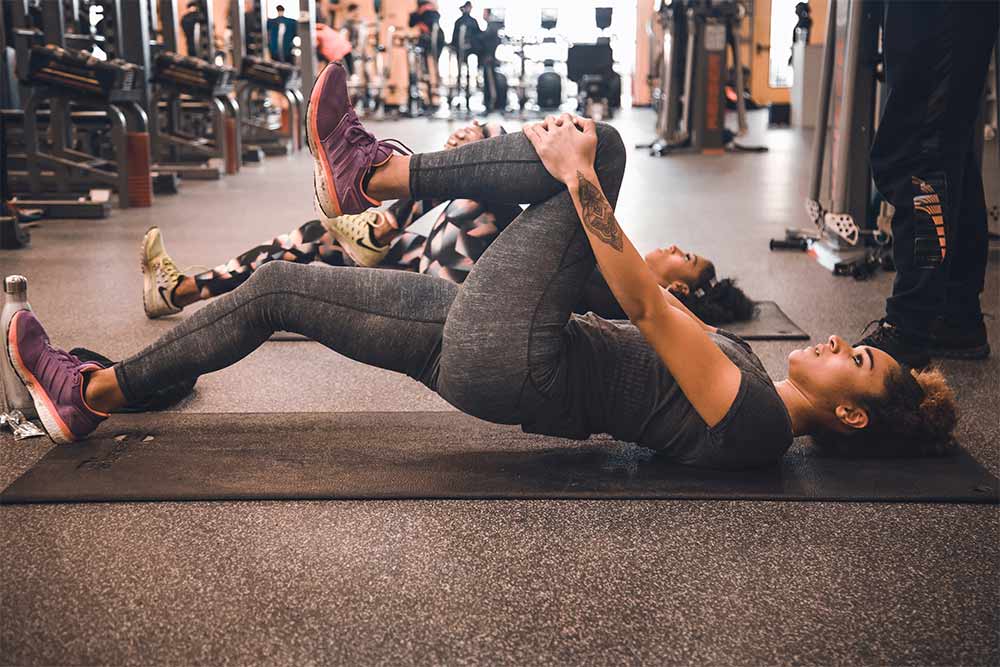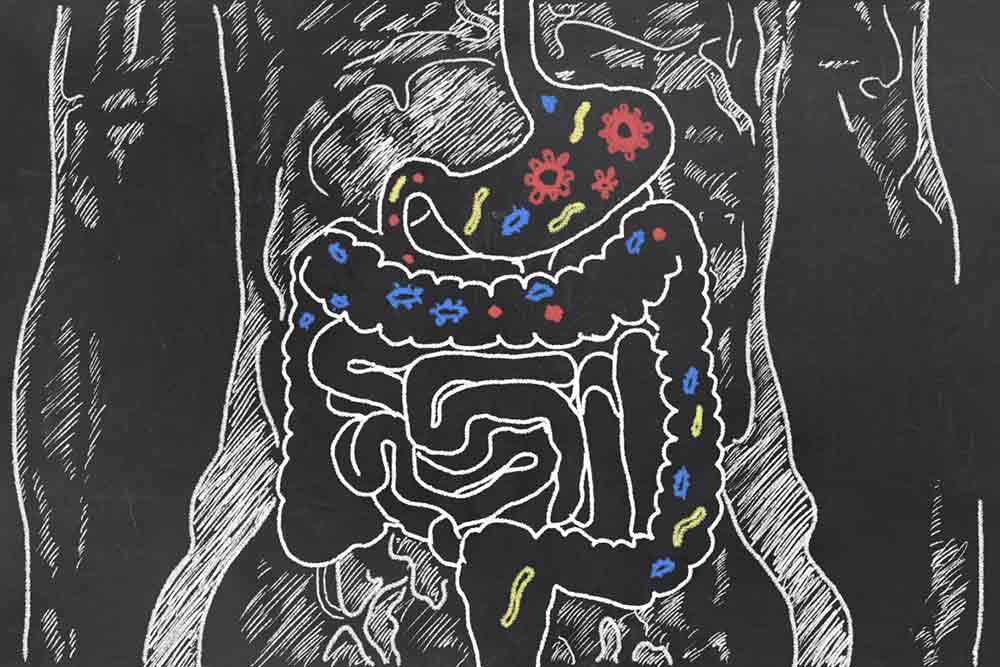Reduce Muscle Fatigue With Foam Rolling
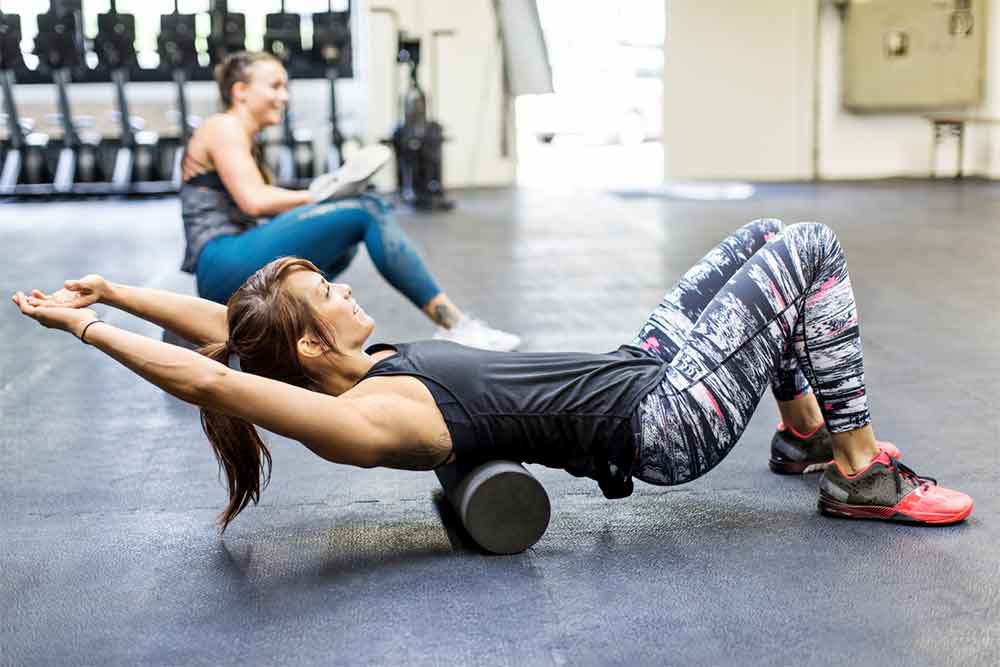
A Review by Alyssa Bialowas
There are many common therapeutic approaches to alleviating neuromuscular muscle fatigue following training. Such as, nutritional supplementation, wearing compression clothing, cryotherapy, cryocompression, stretching and low-intensity exercise following intense forms of exercise. Preventing muscular exhaustion is important for reducing risk of injury, restoring strength, repairing muscle fibers, preventing further fatigue.
Foam rolling is characterized as a tissue-assisted self-treatment (self-myofascial release) and is considered a promising therapeutic technique that has gained in popularity over the last few years. Current literature that evaluates the effects of foam rolling provides evidence that it reduces intense muscle soreness and relieves pressure pain in the affected muscles. As foam rolling is a relatively new therapeutic technique, researchers from this study set out to compare the effects of single bout preventative foam rolling versus regenerative foam rolling on neuromuscular exhaustion.
Related Article: The Truth About Cold Therapy And Recovery
The Study
A randomized control study was designed to compare three groups undergoing a fatigue protocol. Forty-five healthy adults volunteered to participate in the study who engaged in regular physical activity.
The first group was the prevention group, they performed foam rolling immediately prior to the fatigue protocol. The second group was the regenerative foam rolling group, and foam rolled immediately after the fatigue protocol. Both the foam roller groups were instructed to use the foam roller for five minutes, targeting the knee extensors, hamstrings, adductors, calf muscles and the iliotibial tract, for 30 seconds each. The last group was the control group who did not receive treatment.
Self-perceived muscular exhaustion of the lower limb was assessed, as well as reactive strength, and maximum isometric force of the knee extensors.
Related Article: 6 Cures For Sore Muscles After HIIT
The Results
There were differences found in perceived muscle pain and reactive strength between both intervention groups compared to the control group, although the results were not statistically significant. There were moderate to large magnitude decreases in muscular force that were observed in the regenerative foam rolling group, and a trend towards less perceived muscular exhaustion in both intervention groups.
The results from this study indicate that there are benefits of foam rolling as a preventive and regenerative therapeutic approach to aiding neuromuscular exhaustion. Their data may implicate a trend towards regenerative foam rolling, albeit only slightly. Future research may consider the effects of combined preventative and regenerative foam rolling.
Takeaway
Evidence supports the fact that foam rolling is associated with an increase in arterial blood flow from tissue perfusion, reduces arterial stiffness, reduces muscle soreness, and may even lead to increases in jump height, muscle activation and range of motion. As a therapeutic approach to alleviating neuromuscular fatigue, foam rolling is an intervention that leads to increased neuromuscular efficiency. Although the practice of foam rolling as a therapeutic approach is relatively new, evidence indicates that pre and post foam rolling is beneficial in reducing fatigue-related impairments of muscle function after exercise.
Related Article: Reduce & Prevent Injuries With Dry Needling
You Might Like:
The Science of Temperature Therapy
Temperature therapy (also known as “thermal therapy” or “thermotherapy”) involves the use of heat or cold to improve health and function. Interestingly, thermotherapy has been around for centuries, with ancient cultures regularly using hot springs,...Improve Surgery Outcomes and Recovery With Prehab
Going into surgery is a scary prospect. I mean, the thought if someone cutting into to muscle and bone then sewing some stuff together sends shivers up my spine. And most would consider surgery like...Cold Water Immersion for Recovery: Friend or Foe?
For decades athletes and weekend warriors alike have been jumping into an ice bath or a cold shower after exercise to enhance recovery. But what if I told you they might be doing more harm...Waiting for the Bus Exercises
John Barry I can make the argument that the least engaging portion of a training program are the corrective or mobility exercises. These are the stretches, myofascial release, and similar movements a coach, trainer, physical...Are Shoulder Injuries Common in CrossFit?
Over the last decade, CrossFit has become one of the most popular modes of exercise on the planet. And really, given the fact that it offers a way to build strength and power, increase endurance...Do We Really Need A Cool Down After Exercise?
Hunter Bennett I can picture it now. I finally manage to get to the end of a grueling training session, and I start preparing myself to settle down and do some light stretching, before immediately...References
Banzer, W., Fleckenstein, J., Vogt, L., & Wilke, J. (2017). “ Preventive and Regenerative
Foam Rolling are Equally Effective in Reducing Fatigue-Related Impairments of
Muscle Function following Exercise.” Journal of Sports Science and Medicine,
16, 474-479.





